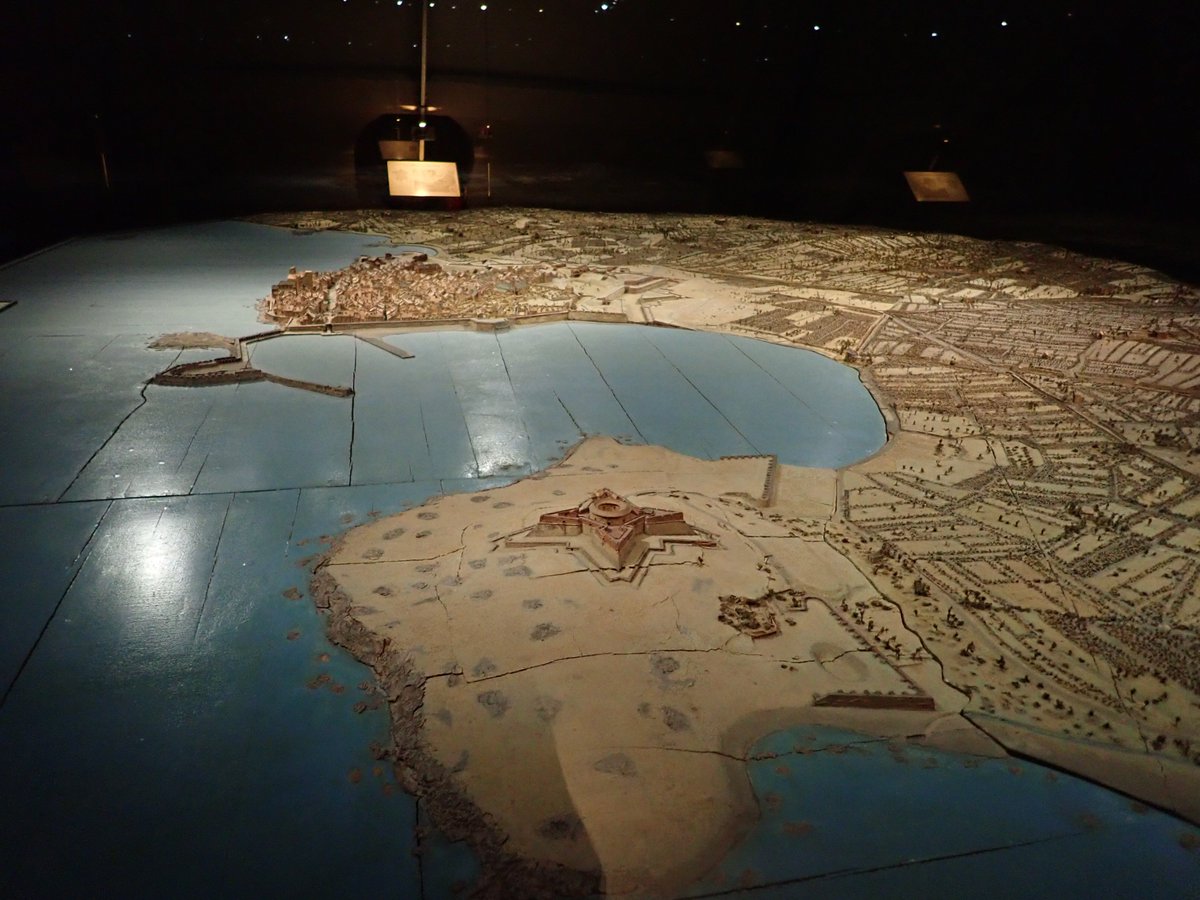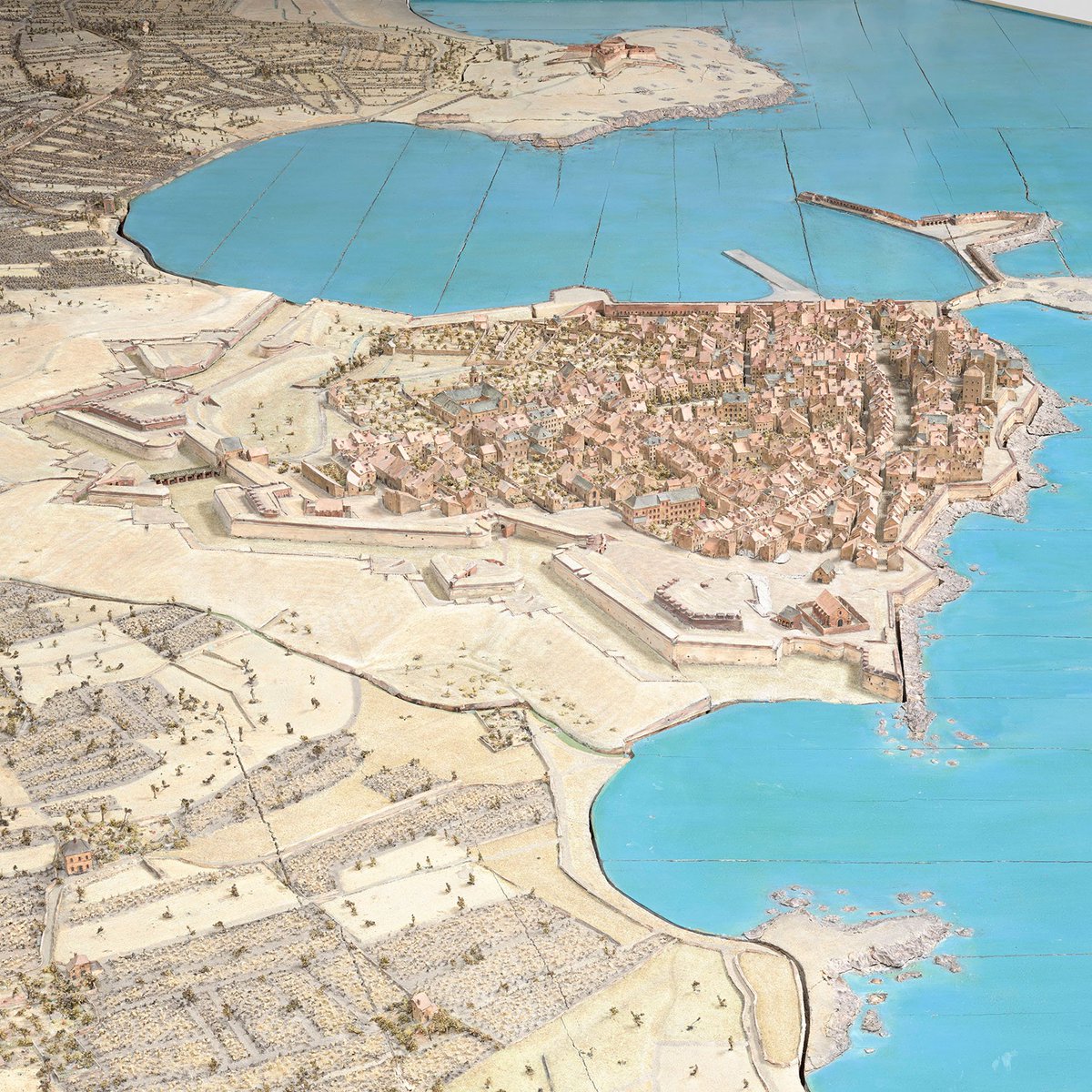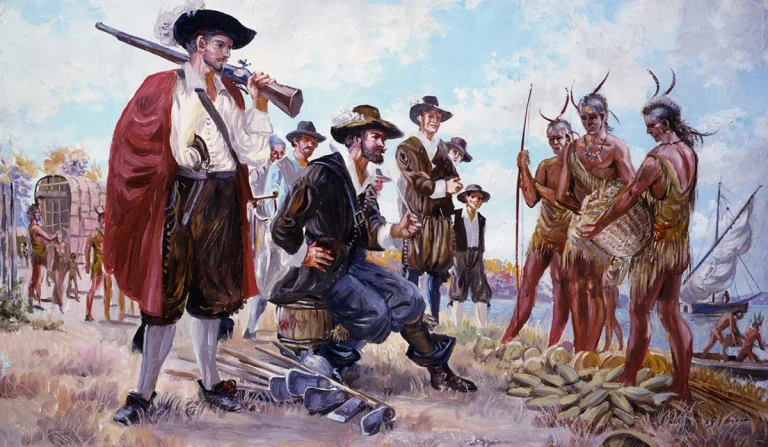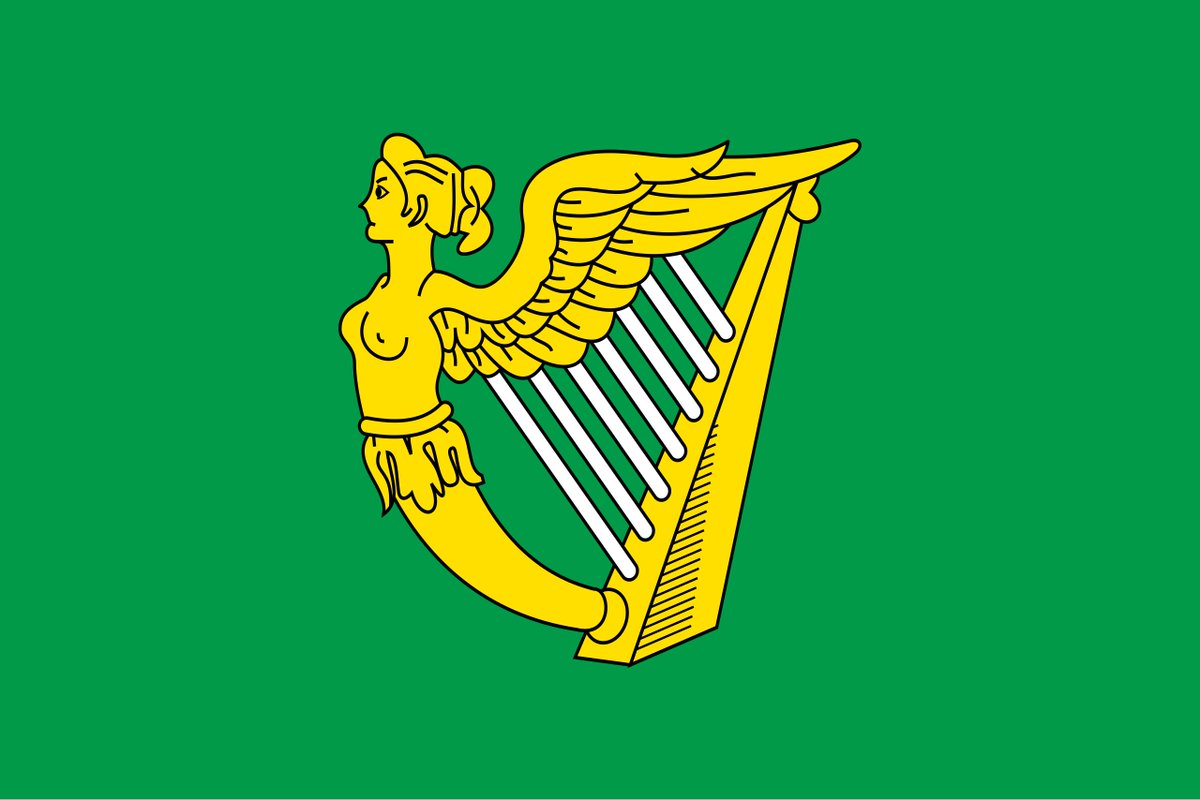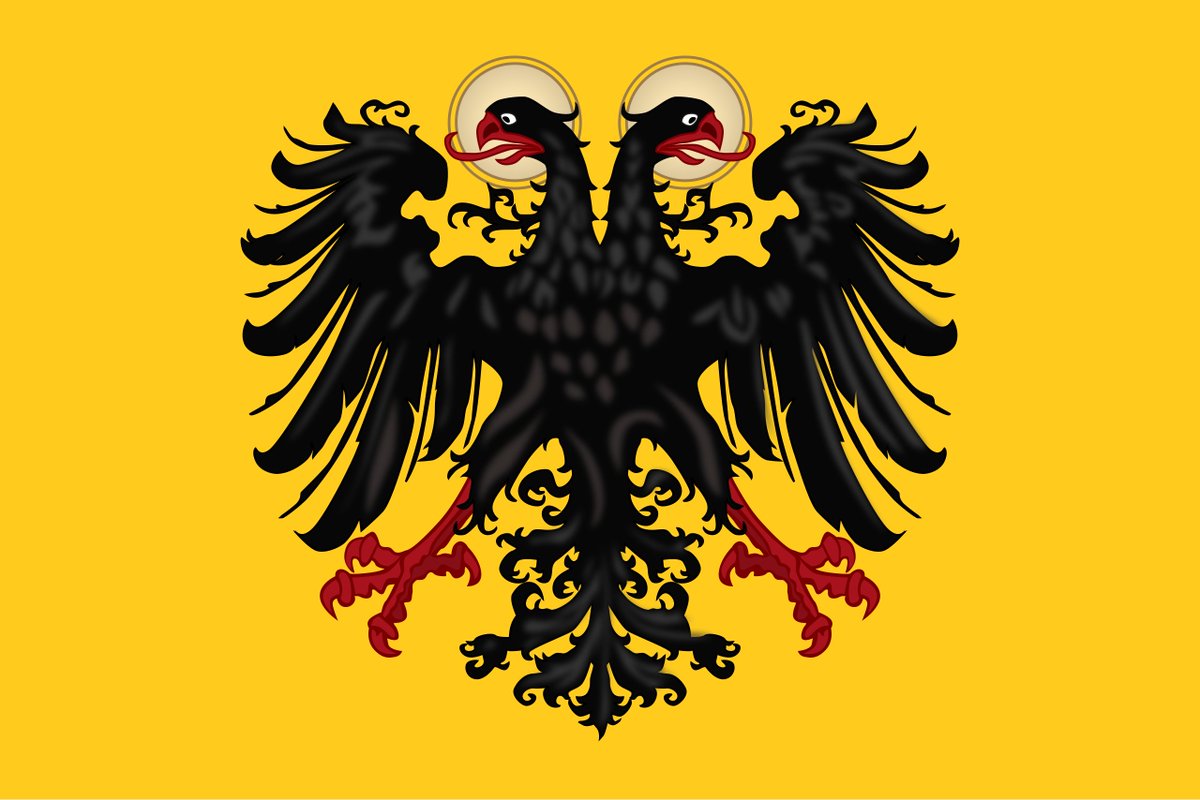There was no retirement for the ancient noble warriors! I will compile in this thread examples of European commanders who died on the battlefield fighting at a very old age, very inspiring read about displays of true courage that never grew old! 

While the warrior knights often trained as hard as athletes, they were even more than just athletes. For many of them, there was no retirement and fought hard even in the old age, always seeking that glorious death on the battlefield. 

Even as old commanders many did not just command units around in battles, they often died in battles themselves, leading their armies like the true inspiring veterans that they were, commanding immense respect among their men!
Continue reading for some examples...
Continue reading for some examples...

1) Stanisław Żółkiewski, the heroic Polish hussar commander and the hero of the famous Battle of Klushino. He died fighting in 1620 aged 73 during Polish defeat to Ottomans at Cecora. To proud to flee from enemy, he REFUSED to retreat, staying with the rearguard to die fighting. 



2) The legendary "English Achilles", "Terror of the French" John Talbot. Killed in 1453 at the Battle of Castillon leading army against the French, aged 66. His horse was killed by a cannonball and trapped trapped underneath his animal and a French knight killed him with an axe! 



Talbot didn't wear any armor or weapons commanding his troops at Castillon as years ago he was captured by French and had promised he would never wear armor again against French king. A chivalrous knight, he kept that promise but still got to battles unarmed riding a white pony! 



3) Bishop of Arezzo Guglielmino degli Ubertini. Died in the battle of Campaldino in 1289 aged 70 years old, commanding the Ghibellines of Arezzo against the Florentine Guelphs. Hardened veteran of war and a ruthless military commander, he was the one seeking this battle himself! 



Guglielmino degli Ubertini wanted to protect his lands in the Casentino area at all costs and was willing to face the superior Guelph force at Campaldino. This led to his demise as his army was defeated and he defiantly died during the battle struck with a blow to the head. 

4) Roberto Sanseverino d'Aragona. Veteran Italian condotierro mercenary warrior who had been employed for wars by all the big Italian cities through his career. Aged 69 he died in service of Venice fighting the ferocious Landsknechts in the Tyrolean mountains in 1487 at Calliano. 





5) Nicholas of Salm. The Flemish warrior in the service of the Imperial cause, he was an old veteran of both the Burgundian and Italian Wars, and had fought since the age of 17. In 1529, aged 70, he was called for one last battle, the defense of Vienna against 100.000+ Ottomans! 



Nicholas of Salm arrived to Vienna with small but elite force of hardened Landsknecht mercenaries from Italy and defended the city against all odds. During the vicious siege he was wounded by a falling rock and died months later, ending his illustrious fighting career since 1476. 



These men prove that you're never too old to die a hero.
If you know any more examples please add them in comments.
If you know any more examples please add them in comments.
• • •
Missing some Tweet in this thread? You can try to
force a refresh








